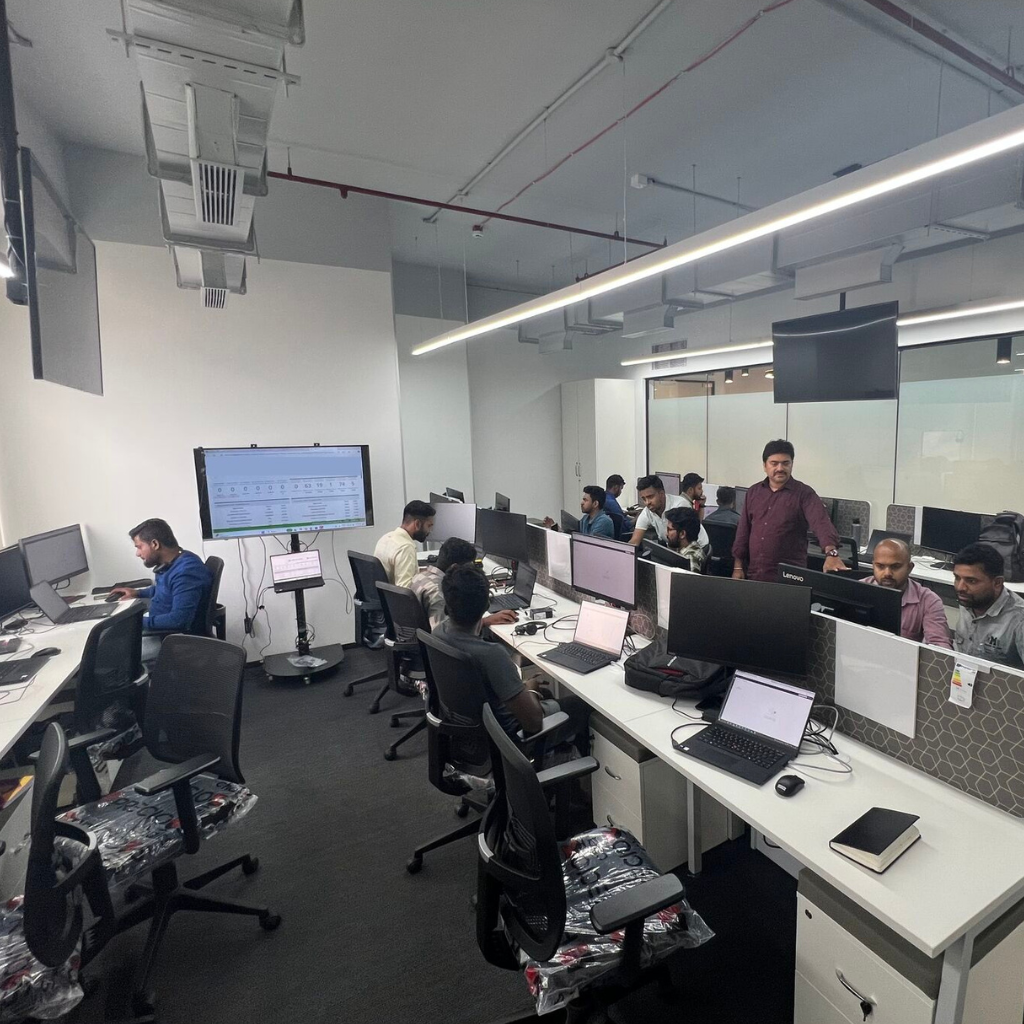Digital Transformation is not one size fits all. Here’s how we tailor IT solutions to suit your needs

- November 6, 2025
Everyone talks about digital transformation, but the truth is…no two journeys look the same.
Some organizations are cloud-native, scaling globally at speed. Others are weighed down by legacy systems, regulatory constraints or limited in-house expertise. But all share the same challenge: finding IT solutions that fit their business.
That’s why cloud adoption is no longer a buzzword, rather a lifeline to competitiveness. But implementation success doesn’t come from cookie-cutting what others have done. It comes from building tailor-made technology solutions that align with business priorities.
How we adapt to different industries and tech setups
Every organization starts from a different place. Financial institutions aren’t just dipping their toes in the cloud; they’re diving in headfirst with hybrid models to balance speed and safety. Retail on the other hand prioritizes customer experience. While healthcare emphasizes on technology resilience and data privacy.
As Renitta Thomas, Operations Delivery Manager at Neurones IT Asia explains:
In practice, no two clients look the same. One may run Cisco Catalyst and Meraki for networking, another may rely on Azure for workloads while still maintaining on-prem systems. The key is ensuring our teams can integrate into these diverse environments without disruption.
At Neurones IT Asia, we don’t just deliver IT services, we adapt to each client’s needs and manage their diverse and complex technology stacks.
Our focus is to deliver best practices with the flexibility to adapt by:
- Creating delivery models that fit smoothly across industries and technologies.
- Turning client priorities into outcomes, whether it’s stronger security, easy scalability, or better resilience.
- Working closely with client teams so our support feels like a natural extension of their IT function.
This ability to adapt to both various industry demands and technology diversity that enables us to deliver services that are not only reliable today but also resilient and future ready for tomorrow.
How we scope and prioritize before deciding on the approach
The first step is to really understand the business priorities, map them to real needs while assessing how your current infrastructure can set the foundation for improvement.
According to Renitta, the key is slowing down just enough to understand what the business really needs and making sure the next steps build on a solid foundation.
Using Agile principles, here’s how we scope and prioritize effectively:
- Start with the “why” – Work with stakeholders to define what matters most – whether it’s controlling costs, ensuring compliance, or improving systems’ reliability. This is to mitigate risks of scope creep and misaligned goals.
- Inspect the current state – Review existing systems and processes to identify what’s strong enough to keep and what requires improvement.
- Prioritize by value – Focus on changes that delivers the greatest impact relative to available resources and budget.
- Deliver iteratively – Break down the roadmap into short sprints that deliver working increments, creating quick wins and real feedback from our clients, instead of one big risky rollout. Each sprint ends with a retrospective to reflect, learn, and adapt for the next cycle.
- Adapt continuously – As business priorities shift, stay flexible and ensure delivery continues to align with evolving needs.
By following Agile processes, we stay nimble and responsive to client feedback after each sprint review. This minimizes rework and ensures resources are directed toward solutions that are value-driven, flexible, and sustainable.
Any tools/frameworks we use that client's value?
Tools and frameworks matter, but only if they deliver real outcomes that you actually care about. In most cases, what’s valued most is cost transparency, governance, and measurable progress. Not just another fancy dashboard.
Sebastien Huynen, Sales Director for APAC, often hears this in his conversations with clients:
“Our budget has been approved for this project; we need to deliver it and make it work” or
“How can we ensure it benefits our end users?” or
“We know you have delivered similar projects, but our industry is different”
All these comments are valid, and it’s our job to acknowledge and address them. But, what’s often overlooked is that a project will always have an owner (usually the IT team), and users. What’s key is to map out the requirements from these stakeholders and integrating them into a solution that works.
From Sebastien’s perspective:
To put it in layman terms, even with the same recipe, ingredients and cook, it’s the fine dosage and seasoning that will make the final dish the way you wanted.
Your Path Forward
Let’s face it, digital transformation is complex, and most teams don’t have every skill in-house. That gap can turn into a real risk.
The solution? Bring in the right expertise at the right time. Because when it comes to IT, precision matters.
Share this page
Related Articles
- All Posts
- Back
- Company Updates
- Events
- Partnership
- Customer Experience
- Back
- Thought Leadership
- Humans of NITA
- Tech Insights
- Culture

In partnership with Ekara by ip-label, we believe Digital Experience Monitoring (DEM) is now mission-critical for organizations seeking to protect...

Implementation success doesn’t come from cookie-cutting what others have done. It comes from building tailor-made technology solutions that align with...

The expansion of Neurones IT India’s Bangalore office reflects our continued progress in building scalable delivery capabilities across Asia. What...
